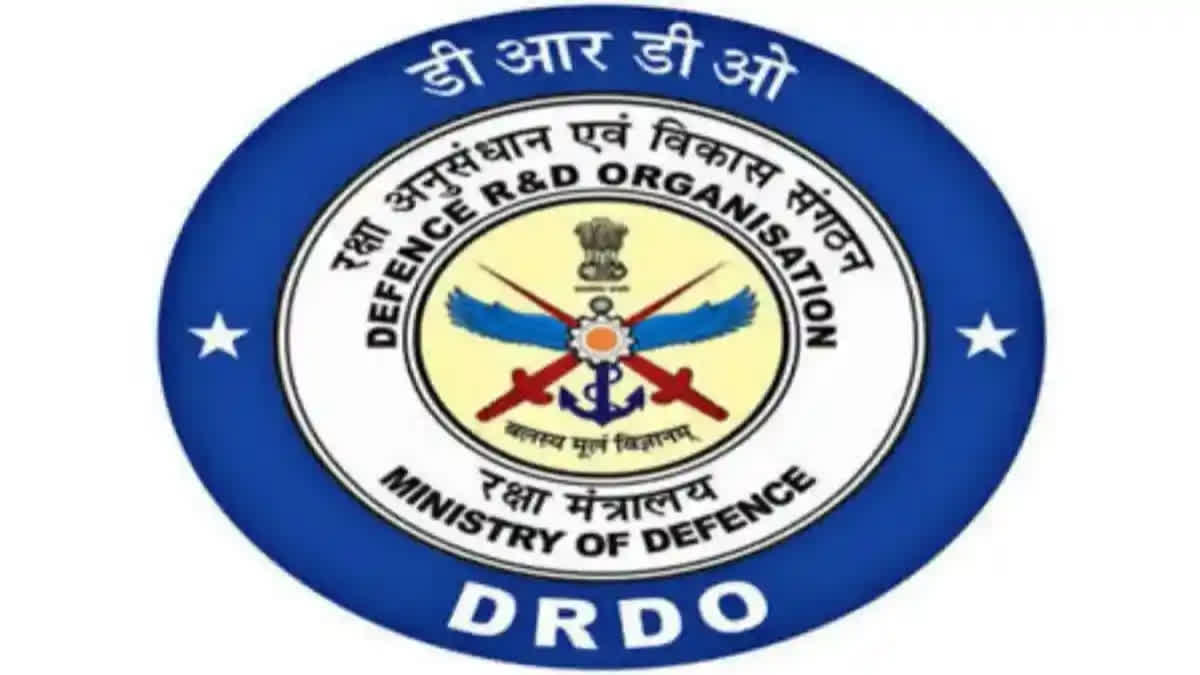New Delhi: India’s Defence Research and Development Organisation (DRDO) has indigenously developed a laser beam-riding guidance (LBRG) system and has now sought expressions of interest (EoIs) from industry partners for transfer of technology to manufacture the system.
“Laser Beam Riding Guidance System with Eye safe Laser Range Finder (LBRG System with ELRF) provides a line-of-sight laser guidance for missiles,” the DRDO tender seeking EoIs states. “This system generates a spatially encoded laser beam containing all the informational requirements to enable a missile launched into the beam to determine its position with respect to the beam and home on to the target. The laser beam rider guidance is used mostly in short range air defence and anti-tank systems. This guidance system is less susceptible to smoke, fog, rain and dust as compared to semi-active laser guidance. It also operates with low laser output power system compact and resistant to countermeasure. The LBRG system consists of LBRG transmitter, eye safe laser range finder, optical day-sight and laser seeker module. System designation range is 500 m to 5,000 m.”
Enough of this tech jargon? Let’s find out what is an LBRG system.
Beam-riding, also known as line-of-sight beam riding (LOSBR), beam guidance or radar beam riding is a technique of directing a missile to its target by means of radar or a laser beam. The name refers to the way the missile flies down the guidance beam, which is aimed at the target. It is one of the simplest guidance systems and was widely used on early missile systems. However, it had a number of disadvantages for long-range targeting and is now found typically only in short-range roles. As the DRDO tender mentions, the system developed has a range of 500 m to 5,000 m.
When did this technology originate?
The concept of laser beam-riding guidance originated during the 1960s, as advancements were being made in laser technology and missile guidance systems. One of the earliest implementations of this technology was in the former Soviet Union’s Raduga Kh-25 air-to-ground missile, which entered service in the late 1960s.
It is worth mentioning that the UK used it for the Brakemine early surface-to-air missile (SAM) development project during World War II. Brakemine used a beam-riding guidance system developed at AC Cossor, while REME designed the testbed airframes. Trial launches were carried out between 1944 and 1945, and the effort wound down as the war ended.
So, how does an LBRG system work?
A laser designator, typically mounted on an aircraft or ground vehicle, illuminates the target with a coded laser beam. The missile or projectile is equipped with a sensor (usually a quadrant detector) capable of detecting the reflected laser energy from the target.
The guidance system within the missile analyses the position of the reflected laser spot on the sensor and compares it to the ideal position for a direct hit. Based on this comparison, the guidance system sends commands to the missile’s control surfaces (fins or thrusters) to make course corrections and keep the missile aligned with the laser beam.
As the missile flies along the laser beam’s path, it continuously updates its course to remain centered on the reflected laser energy, effectively “riding” the beam towards the target.
What are the advantages of an LBRG system?
The LBRG systems offer several key advantages over other types of guidance systems for missiles and projectiles
One, it has a high accuracy rate. By continuously tracking and correcting the missile’ trajectory to stay aligned with the laser beam, laser beam-riders can achieve very high precision and hit accuracy, even at extended ranges.
